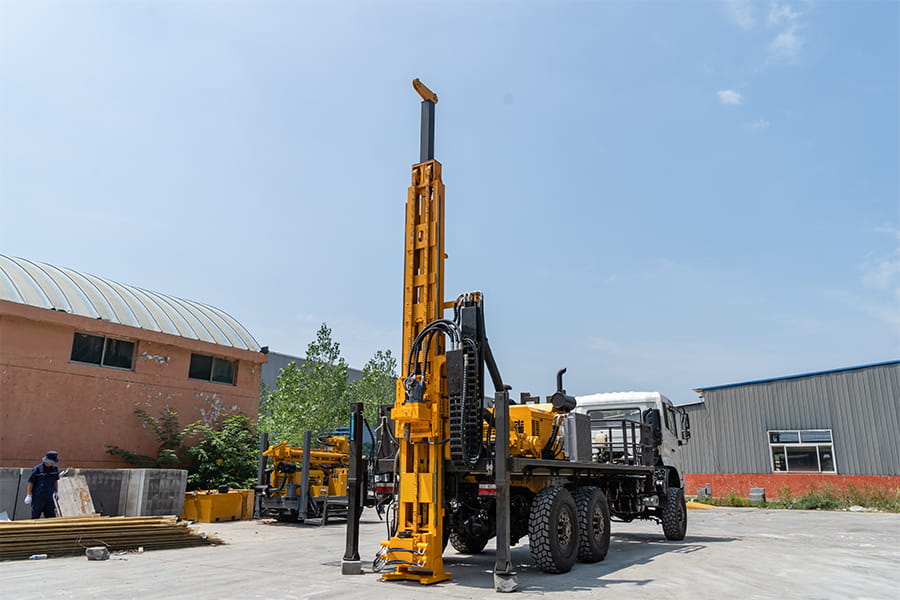Global Development of Geological Exploration Drilling Rigs


18th–19th Centuries: Mechanization Beginnings
Hand-operated exploration core drilling rigs with natural diamond bits emerged in the mid-18th century.
Steam-powered drills with low rotational speeds appeared by the late 19th century, followed by spiral feed rigs in the early 20th century.
1930s–1970s: Hydraulic & Transmission Breakthroughs
Hydraulic feed systems and multi-speed gearboxes were integrated into core drilling rigs in the 1930s–1940s.
Full hydraulic powerhead geotechnical drilling rigs debuted in the 1960s–1970s, revolutionizing control systems.
21st Century: Automation & Intelligence
Modern rigs prioritize automation, downhole tools (e.g., DTH hammers, screw drills), and smart drilling solutions.
Evolution in China
Pre-1949: All Geological Exploration Drilling Rigs were imported (e.g., German, American models). Only 139 core rigs and 9 oil drilling teams existed by 1950.
1950s–1980s: Soviet-designed rigs were initially copied. Domestic R&D later produced XY, YL, and MK series. Diamond drilling technology expanded in the 1970s, enabling exports.
1990s–Present: Early hydraulic prototypes faced limitations. Post-2000, breakthroughs led to the YDX series powerhead rigs, with Hengwang Group driving the deployment of nearly 1,000 units nationwide.
Key Innovations:
Core Drilling: Transition from mechanical to fully hydraulic powerheads.
Geotechnical Applications: Integration of downhole tools for complex formations.
Hengwang Group's Role: Pioneering cost-effective, automated rigs for global geological surveys.